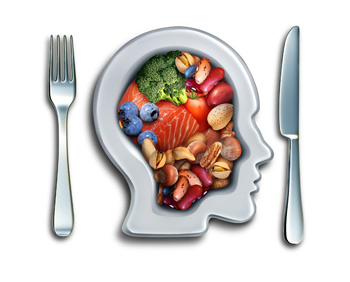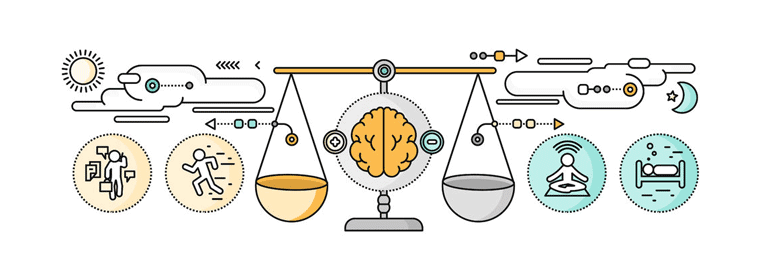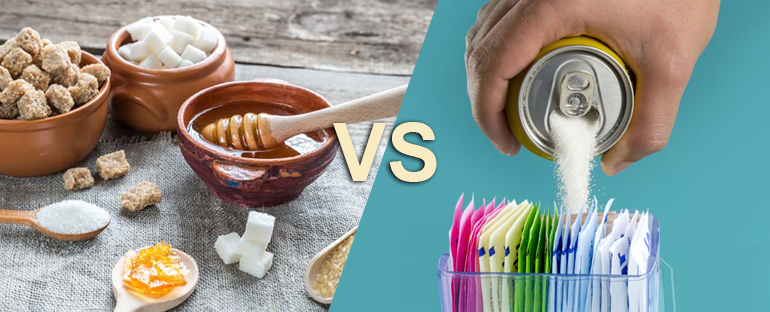
Stress and nutrition

Manage stress and stay healthy:
According to the American College of Lifestyle Medicine*, stress management is an essential component on which to intervene to maintain health. The other fundamental elements are:
- the correct diet;
- physical and motor activity;
- cessation of smoking habit;
- the quality of sleep;
- healthy interpersonal relationships.
(*) Lifestyle Medicine is a new discipline born as a systemic approach to the prevention and treatment of chronic degenerative diseases (1).
What is “Stress”?
The modern concept of stress dates back to 1936 when doctor Hans Selye defined it as “the body’s non-specific response to any request for change”. The term stress then undergoes its own evolution and, conceptually, is linked to homeostasis, or the state of dynamic balance that every living being tries to maintain, in response to any disturbing agent internal or external, called stressor.
In other words, stress is a phenomenon that can be psychological/emotional or physiological and that involves the perception, evaluation and response to stimuli or harmful situations (2).
How does the human body respond to stress?
In response to stress, the body has evolved physiological and behavioral compensatory mechanisms to restore homeostasis. These include increased vigilance, attention and excitement, increased oxygenation and nutrition of the organs essential for the fight or flight mechanism: the brain, heart and skeletal muscles. On the other hand, the neuronal pathways underlying functions such as reproduction, nutrition and growth, which are not strictly necessary to resolve a dangerous situation, are inhibited.
The “stress system” is located both in the Central Nervous System (CNS) and in the peripheral organs. Among the main components of this system are the hypothalamic hormonal axes, including in particular the adrenal (HPA) with the production of glucocorticoids and the efferent part of the Autonomous Nervous System (SNA) with the release of catecholamines.
Cortisol is the main hormone of the HPA axis and regulates many functions including anti-inflammatory responses, metabolism of carbohydrates, fats, proteins and also gluconeogenesis.
The catecholamines (adrenaline, noradrenaline) activated by SNA, influence the regulation of the cardiovascular, pulmonary, hepatic, muscular and immune system.
Intense and chronic Stress
If the stress-reducing stimulus is particularly intense or if it becomes chronic over time, it causes imbalances in the regulation of equilibrium in other physiological systems such as: the sleep-wake cycle (circadian rhythm), the reproductive and thyroid axes, the reward centres, etc., the human being has not been faced with continuous situations of danger and therefore has not adapted to the needs of the human body.
During the course of evolution, the human being has not been faced continually with dangerous situations and therefore has not adapted to handle phenomena of chronic stress, as is currently the case.
The typical modern scenario, characterized by very fast rhythms and numerous external stimuli, places our stress system in constant alarm and is a new condition for which we have not been prepared by the adaptive selection of thousands of years.
The relation between food and stress:
 The individual under stress can have two very different reactions depending on whether they are acute or chronic stimuli. In the first case, a “fight or flight” response is generated, mediated mainly by the Corticotropin Release Hormone (CRH) and by catecholamines that block non-essential immediate stimuli, such as hunger.
The individual under stress can have two very different reactions depending on whether they are acute or chronic stimuli. In the first case, a “fight or flight” response is generated, mediated mainly by the Corticotropin Release Hormone (CRH) and by catecholamines that block non-essential immediate stimuli, such as hunger.
In the case of persistent stress over time, the activation of the HPA axis will produce cortisol which, together with other mechanisms, will stimulate phenomena of catabolism and the search for food with high energy density. It has recently been discovered that the continuous presence of glucocorticoids in the circulation, instead of their fluctuation in 24 hours, induces the body to produce adipocytes (fat cells) from undifferentiated cells (3). This molecular mechanism is in addition to other changes in human physiology related to stress phenomena that lead to the metabolic syndrome.
Main relapses of stress in relation to food:
- Increase of alarm and danger hormones (fight or flight);
- Hunger for “comfort food” (sugars and fats), food dependence and consequent eating disorder;
- Stimulation of brain areas of pleasure with consolatory function that reinforce incorrect behavior;
- Less motivation to do physical activity;
- Increased blood sugar and insulinemia;
- Alteration of intestinal permeability and microbiota (brain-intestine axis);
- Reduction of heart rate variability (HRV);
- Increased water retention;
- Increased risk of osteopenia and osteoporosis;
- Increased abdominal fat, insulin resistance and oxidative stress.
The response to stress can be directed not only at food, but also at alcohol, smoking or abuse drugs.
“To be used” to control stress relapses:
To break the vicious circle of health-related stress relapses, it would be desirable to adopt balanced eating styles that lead to a control of glycemic peaks and insulin fluctuations.
It is also important to observe the right sleep-wake cycles, meal times and their breakdown into macronutrients and also the timing of physical-motor activity during the day, in accordance with circadian rhythms.
Other possible interventions concern the behavioural sphere, with stress-reducing techniques such as mindfulness, yoga, etc., and which are fully included in the modifiable elements of the lifestyle.
Bibliography
(1) Kushner RF, Sorensen KW. Lifestyle medicine: the future of chronic disease management. Current Opinion in Endocrinology & Diabetes and Obesity. 20(5):389–395, Oct 2013.
(2) Fink G. Stress: Definition and history. Stress Science: Neuroendocrinology. 2010:3–9.
(3) Bahrami-Nejad Z et al. A Transcriptional Circuit Filters Oscillating Circadian Hormonal Inputs to Regulate Fat Cell Differentiation. Cell Metab. 2018 Apr 3;27(4):854-868.e8.
Article by:
Nutritionist Dr. Francesco Bonucci
The diet tips, written in the article, are not intended to be a substitute for a personal nutrition plan and are to be adapted to specific cases.
Photo: 123RF Archivio Fotografico | ©Andriy Popov, 43306810 , 2018-09-28 | ©robuart, 51249161 , 2018-09-28 | ©lightwise, 63825904, 2018-09-28
- On 28 September 2018



